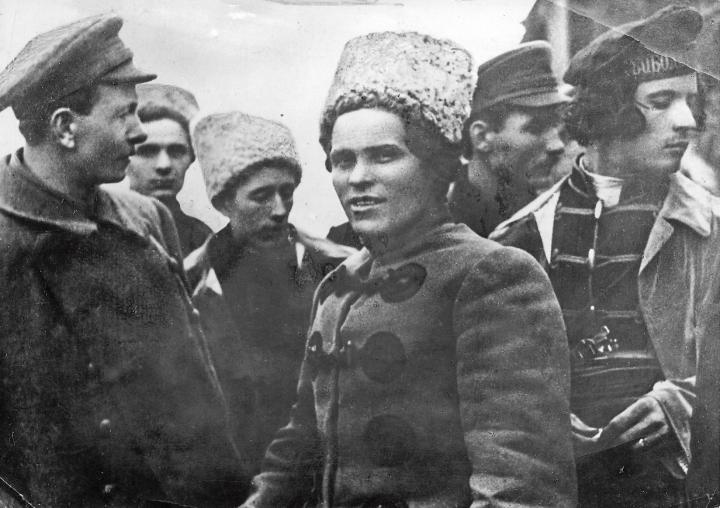Source: Roar Magazine
When a significant part of the Ukraine was liberated by the anarchist Makhnovists in 1918, the region soon came to be ruled by confederation of worker unions, farmer committees, and neighborhood and soldier councils, with communal production based on Mutual Aid.
Protection for the libertarian communes that sprung up both in the countryside and in the cities was provided by Nestor Makhno’s Revolutionary Insurrectionary Army—anarchist militias characterized by a direct democratic form of organization. The Free Territories were under constant attack from four different armies: Russian Bolsheviks and monarchists, Ukrainian nationalists and German imperialists.
The majority of the laboring population saw the organizing of agricultural communes as the healthy beginning of a new social life. -Nestor Makhno
Despite the continuous threat of war, serious efforts were made to set up agrarian communes, or “free worker-peasant soviets”, in the liberated territories. Property that had formerly belonged to large landowners was redistributed, and control over the land was seized by members of the communes. The Makhnovists were eventually defeated after their betrayal by the Bolsheviks, who saw the anarchists as a fundamental threat to their power.
Resources
History of the Makhnovist movement, 1918-1921 – Peter Arshinov
